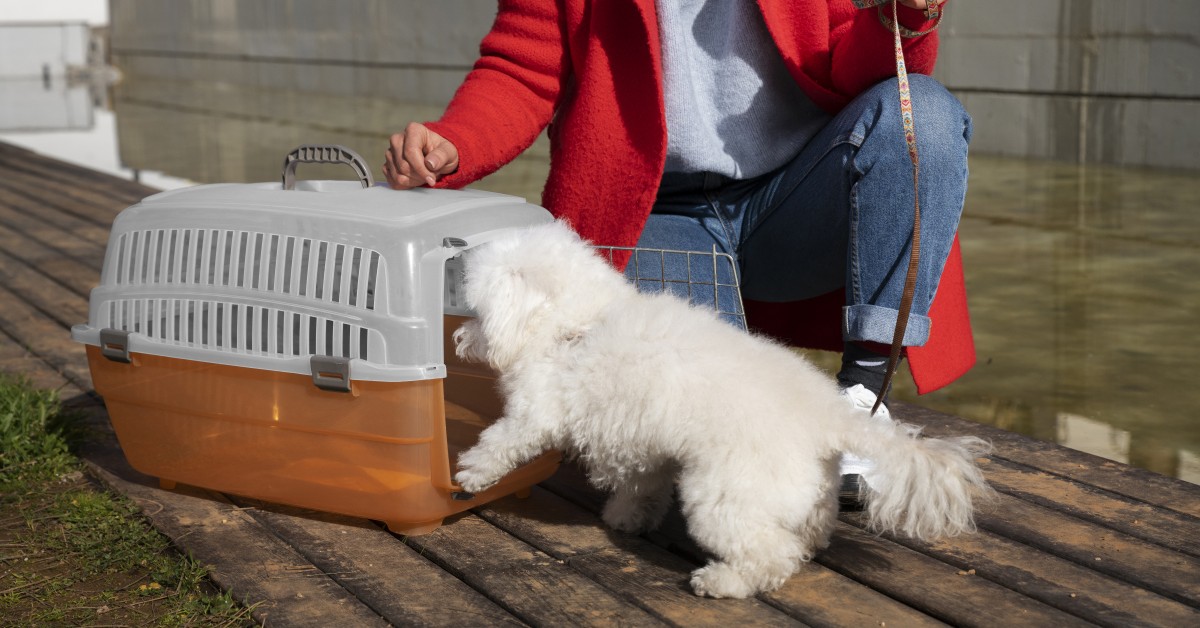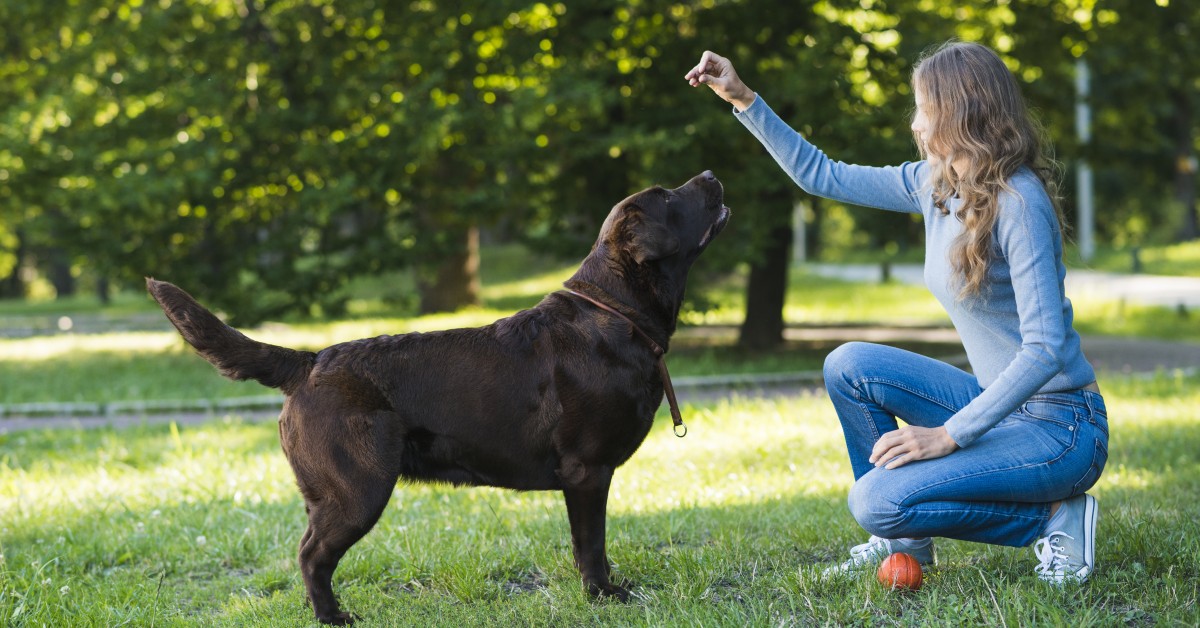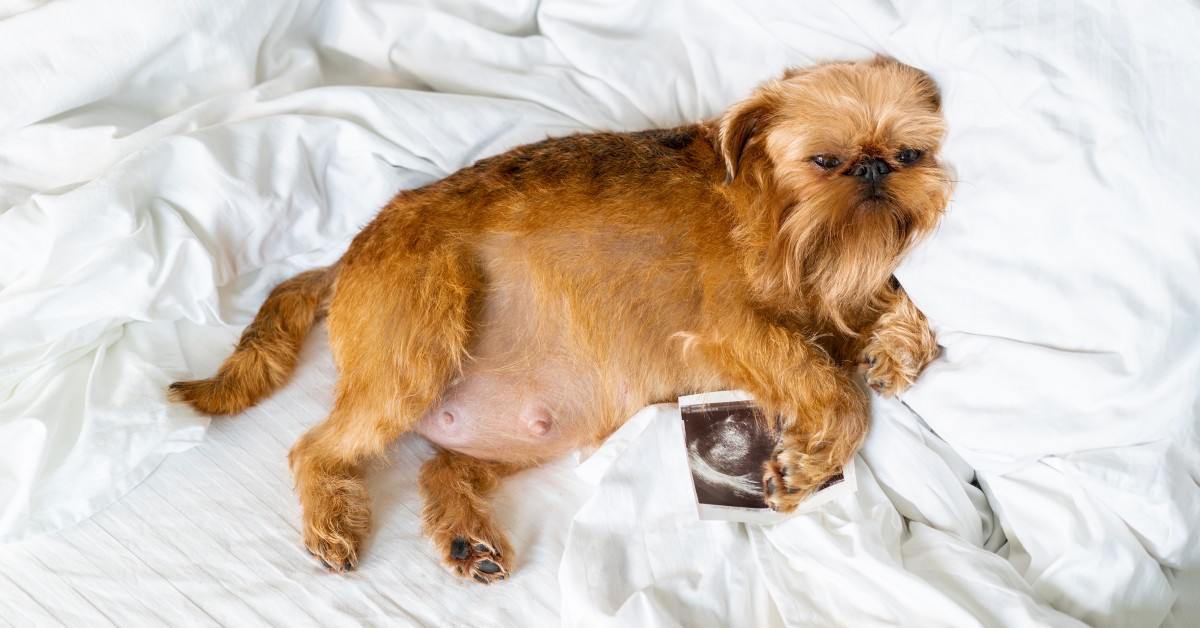A Guide to Crate Training for Dogs
Take the right steps toward making your dog comfortable in its crate.

As much as your dog would love to sit in your lap all day, there are times when it's nice for it to have its own personal space -- in the form of a permanent or mobile crate. Crate training holds numerous benefits for dogs and their owners alike, but crate training your dog can prove difficult unless you know how to do it right. Let's take a journey through some dog crate training basics.
Why You Need to Crate Train Your Dog
When you first adopted your dog, you may have assumed that it could simply hang out on the couch all day without any problems. Unfortunately, the world of dog ownership is more complicated than that. Unless your dog has a comfortable crate to stay in, you may encounter the following problems:
- Uncontrollable barking at passers-by, at all hours of the day and night.
- Destruction of furniture and household items
- Poor potty habits and Inappropriate elimination without asking to go out
- Severe anxiety during boarding or transport
- Confusion as to what you expect from it and which areas are its own
Getting Started with Crate Training Your Dog
Now that you see the importance of dog crate training, you're probably more than ready to get started -- but how? The first step involves deciding what kind of crate you want. If you want a permanent crate that flatters your furniture, you might want to pay extra for a wooden crate. But if your dog likes to chew through things (including wood), you'll be better off with a box-style metal crate. If you plan on traveling with your dog, you'll want to get it accustomed to staying in a lightweight, portable plastic or fabric crate.
The size of the crate is another important consideration. You don't want the crate to be so cramped that your dog can't move around easily, nor do you want a crate so large that there's room for your dog to create an impromptu toilet in it. Choose a crate just large enough for your pet to lie down and spread out, upgrading to a larger crate as needed for a still-growing puppy.
Making Your Dog Feel at Home
Your dog should enjoy spending time in its own private "bedroom." Encourage this good feeling by placing a soft towel or bed and some favorite toys in the crate. Place treats near the entrance to encourage your dog to sniff out the new object in the house and explore its interior. Keep the crate in the same place so your dog gets familiar with its location.
As you crate train your dog, rely heavily on positive reinforcement to make the experience fun. Reward your dog with a fresh treat and kind words every time it goes to its crate. Start placing treats farther back in the crate so your dog will spend that much more time in there. Make a game of crate training by throwing a ball into the crate so your dog will fetch it. Last but not least, display a happy and positive attitude when your dog goes to its crate to make sure your dog sees the crate as a fun place, not a punishment.
Once your dog feels at home in its crate, focus on teaching it an appropriate command. This command could be anything from "Kennel" to "Go crate." Use a clicker to associate a clicking noise with this command. When your dog enters the crate correctly on command, make a clicking noise to reinforce the behavior. Don't forget to reward the right response with a treat!
It's helpful to teach your dog commands such as "Stay," Sit" and Lie down" before or alongside crate training. Ideally, you want your dog to relax and remain still during its quiet time in the crate.
Avoiding Common Crate Training Mistakes
If you go about the dog crate training process incorrectly, you can easily sabotage your efforts while making your dog needlessly unhappy. Steer clear of these common mistakes:
- Using the crate as a "Go to your room" punishment.
- Letting your dog out of the crate whenever it starts whining.It may simply need time to adjust to its new environment.
- Trying to push your dog through the training process too quickly, when realistically it may take weeks or even months to complete.
Crate Training Problems? Consult Your Veterinarian
Despite your best efforts (and those of your pet!), crate training can turn out to be more challenging than you thought -- sometimes for medical reasons. For instance, if your dog can't spend any time in the crate without peeing in it, there might be a urinary disorder or other condition at fault. A dog suffering from an anxiety disorder may have more trouble than usual getting used to a confined space, while some dogs simply require professional training to help them get the hang of crate training. If you're having trouble, schedule a wellness exam and ask your veterinarian to advise you on the next steps toward successful crate training.
Ready to start saving money on pet wellness care?
Then take a look at Mint Wellness, the pet wellness plan that provides fast reimbursement on routine pet care. Save on vaccinations, wellness exams, preventatives, dental, and more!
Learn More


